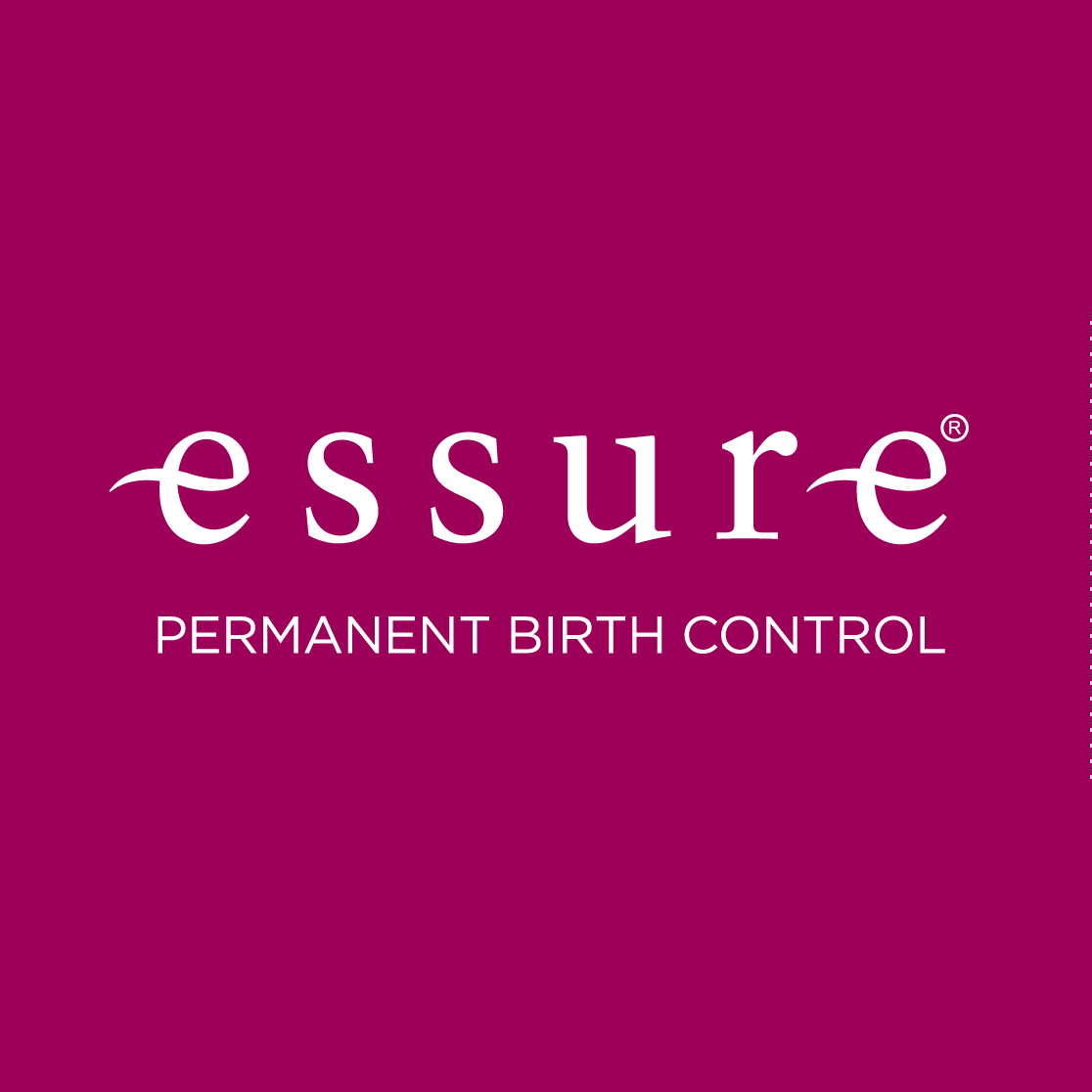Did Your Child Suffer a Brachial Plexus Birth Injury Due to Malpractice?
The brachial plexus is a complex group of nerves around the shoulder. If these nerves are damaged during delivery, the affected child may experience a loss of movement or weakness in the arm or hand. This type of injury is called a brachial plexus birth injury.

Start My Brachial Plexus Birth Injury Claim Now
brachial plexus Birth Injury Lawsuit
The brachial plexus is a complex group of nerves around the shoulder. If these nerves are damaged during delivery, the affected child may experience a loss of movement or weakness in the arm or hand. This type of injury is called a brachial plexus birth injury.
The brachial plexus is a complex network of nerves that extends from the spinal cord, through the neck, and into the shoulder, arm, and hand. It plays a crucial role in controlling muscle function and sensation in the upper limbs. However, sometimes during childbirth, this delicate network of nerves can sustain injuries, resulting in a condition known as a brachial plexus birth injury. If your child suffered a brachial plexus birth injury that you believe was the result of medical malpractice, do not hesitate to speak to an attorney about your legal options. Call our consumer advocates today or fill out the form to be connected to an attorney with experience handling birth injury claims.
What is a Brachial Plexus Injury?
A brachial plexus injury is an injury to the brachial plexus nerves occurring when the nerves are stretched, compressed, or torn during a difficult delivery. As a result of this injury, the affected child might suffer a loss of muscle function or possibly even paralysis of the upper arm. Brachial plexus Injuries can affect all or only a portion of the brachial plexus. Injuries to the upper brachial plexus (C5, C6) can affect the muscles of the shoulder and elbow and injuries to the lower brachial plexus (C7, C8, and T1) can affect the muscles of the forearm and hand.
Causes of Brachial Plexus Birth Injuries
Brachial plexus birth injuries most commonly occur when there is excessive stretching, compression, or tearing of the nerves during a difficult delivery. Several factors can contribute to the occurrence of these injuries, including:
- Large Birth Weight: The birth of a large baby through a small birth passage can increase the risk of brachial plexus injuries.
- Shoulder Dystocia: When a baby’s shoulder becomes stuck against the mother’s pelvis during delivery, it can put excessive pressure on the brachial plexus nerves.
- Difficult Birth Position: If the baby is in a challenging position during birth, such as breech presentation (bottom end comes out first), it can increase the likelihood of brachial plexus injuries.
- Prolonged Labor: Extended periods of labor can increase the stress on the baby’s brachial plexus nerves.
- Maternal Diabetes: Mothers with diabetes have an increased risk of delivering larger babies, which can contribute to brachial plexus injuries.
- Assisted Delivery: The use of tools, such as forceps or vacuum extractors, to assist in the delivery can put additional strain on the brachial plexus nerves.
It is important to note that in some cases, brachial plexus birth injuries can occur without any known risk factors.
Symptoms of Brachial Plexus Birth Injuries
The symptoms of brachial plexus birth injuries can vary depending on the severity and location of the nerve damage. Common symptoms include:
- Limited or No Movement: The affected arm may have reduced or no movement at the shoulder, elbow, wrist, or hand.
- Muscle Weakness or Paralysis: Weakness or paralysis of the muscles in the affected arm may be present.
- Loss of Sensation: The child may experience a loss of feeling in the shoulder, arm, and hand.
- Abnormal Arm Position: The arm may be positioned in an abnormal way, such as turned inward or with the wrist and hand curled downward.
- Pain or Discomfort: Some children may experience pain or discomfort in the affected arm or hand.
It is crucial to seek medical attention if your child exhibits any of these symptoms after birth or if you suspect a brachial plexus birth injury may have occurred.
Types of Brachial Plexus Birth Injuries
Brachial plexus birth injuries can be classified into different types based on the severity and pattern of nerve damage. The most common types of brachial plexus injuries include:
Stretch (Neurapraxia)
Neurapraxia occurs when the nerves are stretched but not torn. This is the mildest form of nerve injury and often resolves on its own within the first three months of the baby’s life. It is important to monitor the progress of nerve recovery during this time.
Rupture
Rupture injuries involve the tearing of the nerves, although they remain attached to the spinal cord. Surgical intervention may be necessary to repair the torn nerves and restore function.
Avulsion
Avulsion injuries are the most severe type of brachial plexus injury. In this case, the nerve roots are torn from the spinal cord. Direct surgical repair may not be possible, and alternative techniques, such as nerve transfers, may be required to restore function.
Erb’s Palsy
Erb’s palsy is a specific type of brachial plexus injury that primarily affects the upper portion of the brachial plexus. A child with Erb’s palsy may experience weakness in the muscles of the shoulder and biceps. Physical therapy may be necessary at a very young age to prevent stiffness, atrophy, and other complications.
Total Plexus Involvement
Total plexus involvement accounts for approximately 20 to 30 percent of all brachial plexus injuries. In this case, all five nerves of the brachial plexus are affected (C5-T1). Children with total plexus involvement may not have any movement at the shoulder, arm, or hand.
Horner’s Syndrome
Roughly 10 to 20 percent of brachial plexus injuries are characterized as Horner’s syndrome. This type of injury is typically associated with an avulsion, causing damage to the sympathetic chain of nerves, usually in the T2-T4 region. Affected children may experience ptosis (drooping of the upper eyelid), miosis (a small or constricted pupil of the eye), and anhidrosis (diminished sweat production in part of the face).
Klumpke’s Palsy
A less common type of brachial plexus injury is Klumpke’s palsy. This injury involves damage to the lower roots of the brachial plexus (C8, T1). It typically affects the muscles of the forearm, wrist, and hand.
Malpractice and Brachial Plexus Birth Injuries
Malpractice and Brachial Plexus Birth Injuries
Brachial plexus birth injuries, which occur when the nerves responsible for transmitting signals from the spine to the shoulder, arm, and hand are damaged, remain a significant concern in the medical field. While there has been a decline in the number of these injuries in recent years, obstetricians still make mistakes during delivery that result in lifelong consequences for affected children. Excessive force applied during childbirth is often the cause of these injuries, leading to complete paralysis of the arm, limited movement, loss of sensation, and chronic pain. Brachial plexus injuries are a leading cause of medical malpractice lawsuits, particularly when they result from the misuse of labor-stimulating drugs, failure to recognize fetal distress, or improper delivery techniques.
Pursuing Compensation for a Brachial Plexus Birth Injury
If your child has suffered a brachial plexus birth injury due to medical negligence, you have the right to seek compensation for their pain, suffering, and ongoing medical expenses. Settlement amounts for these cases can vary widely depending on the severity of the injury, with an average settlement or verdict exceeding $2 million. The most severe form of injury, known as avulsion, occurs when the nerve is pulled off the spinal cord. It is crucial to consult with an experienced attorney who specializes in medical malpractice and brachial plexus birth injuries to evaluate the strength of your case and guide you through the legal process. They will work diligently to gather evidence, negotiate with insurance companies, and fight for the compensation your child deserves.
Determining Liability for Brachial Plexus Birth Injuries
Brachial plexus birth injuries can result in significant physical and developmental challenges for the affected child. In such cases, determining liability for these injuries is crucial for pursuing legal action and seeking adequate compensation. Several different parties may be held liable for brachial plexus birth injuries, depending on the circumstances surrounding the incident.
One primary party that may be held liable is the healthcare provider responsible for the delivery, including the obstetrician, nurse, or midwife. If negligence or medical errors are found to have contributed to the brachial plexus injury, the healthcare provider may be held accountable. This could include actions such as excessive pulling or twisting of the infant’s head and neck during delivery, failure to identify and address risk factors, or improper use of delivery instruments. In such cases, the healthcare provider’s duty of care towards the mother and the baby is expected to be upheld, and any deviation from this standard may lead to liability for the resulting injuries.
In addition to healthcare providers, hospitals or birthing centers where the delivery took place may also bear liability for brachial plexus birth injuries. These institutions have a duty to ensure the safety and well-being of their patients, and any failure to provide adequate care or maintain proper protocols can result in legal responsibility. This could include issues related to staffing, training, equipment maintenance, or policies and procedures that promote safe delivery practices. If it can be demonstrated that the hospital or birthing center’s negligence contributed to the brachial plexus injury, they may be held liable for the resulting damages.
Determining liability for brachial plexus birth injuries is a complex process that requires a thorough investigation of the facts, medical records, and expert opinions. It is crucial for families affected by these injuries to consult with an experienced medical malpractice attorney who can assess the case, gather evidence, and advocate for their rights. By holding the responsible parties accountable, families can seek the compensation they need to cover medical expenses, ongoing care, therapy, and other necessary support for their child’s well-being and development.
Brachial Plexus Injury Cases and Settlements
Every birth injury case is different, but there have been instances where substantial compensation has been awarded to children who suffered brachial plexus birth injuries. For example, in one lawsuit settlement, a child who suffered a brachial plexus injury was awarded $4 million in compensation. According to reports, the injury was caused by improper techniques used by obstetricians during delivery, resulting in brain damage and nerve damage to the neck. The child underwent surgery and experienced cognitive deficits.
In many cases of brachial plexus birth injuries, the damage could have been prevented with a cesarean section. If a child has suffered a brachial plexus injury, legal action may be possible to obtain compensation for medical expenses and other damages. Consulting with a medical malpractice attorney who specializes in birth injury cases can help determine liability and seek compensation for the child’s well-being and development.
Common Lawsuits for Birth Injuries

Start My Brachial Plexus Lawsuit Claim Now

Finding the Right Birth Injury Attorney for a Brachial Plexus lawsuit could be the most important decision of your life and will determine future care. Find out what went wrong.
Start Your Claim Now!
When it comes to pursuing a medical malpractice claim for a brachial plexus birth injury, finding the right attorney is paramount. An attorney specializing in birth injury cases will possess the necessary knowledge and expertise to navigate the complexities of medical malpractice law. They will provide compassionate support while advocating for your child’s rights and ensuring they receive the compensation they deserve. Fill out the form or contact our consumer advocates today to see if you qualify for compensation for your child’s brachial plexus birth injury.
- Fight to Get The Compensation You Deserve
- Experienced Brachial Plexus Attorneys Within Reach


